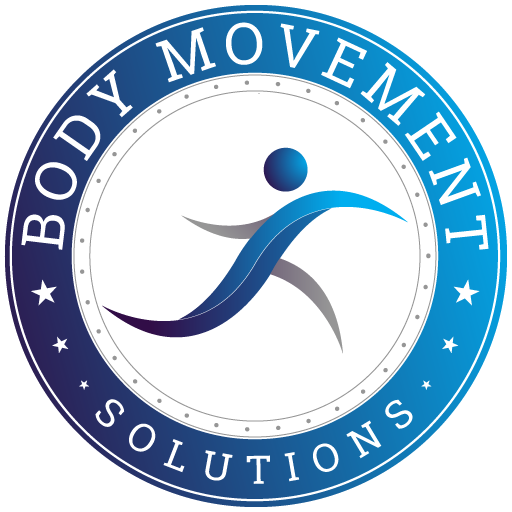Isolated mobility training, a unique and often overlooked form of fitness, is not just about stretching or flexibility exercises. It offers many benefits that go beyond the typical expectations of mobility training. Let’s delve into the distinct advantages of isolated mobility training and how to develop effective mobility practices.
The Benefits of Isolated Mobility Training
- Increased Joint Range of Motion:
Isolated mobility exercises are designed to enhance the range of motion in specific joints, enabling you to move more freely and fully. This benefits athletic performance and everyday activities like reaching for objects or bending down.
- Improved Coordination and Strength at End Ranges of Motion:
Training your joints at their end ranges helps build strength and coordination in these positions, enhancing performance and reducing the risk of injury by making your joints more robust and stable.
- Enhanced Joint Lubrication:
Regular mobility exercises stimulate the production of synovial fluid, which lubricates the joints. This fluid reduces friction, eases movement, and helps prevent joint wear and tear.
- Improved Body Awareness, Coordination, and Agility:
Isolated mobility training sharpens proprioception, the body’s ability to sense its position and movements. This heightened body awareness translates into better coordination and agility, which is crucial for athletes and non-athletes.
- Increased Strength of Ligaments and Connective Tissue:
Focusing on individual joint movements strengthens the ligaments and connective tissues around those joints. This added strength enhances joint stability and resilience, protecting against injuries.
- Becoming More Injury-Resistant:
A body that moves well is less likely to get injured. Isolated mobility training helps correct imbalances and compensations, making you more resistant to injuries.
- Postural Improvement:
Targeted mobility exercises can address and correct long-standing postural issues. By improving joint function and alignment, you can achieve better posture, which has numerous health benefits.
- Increased Athletic Skill:
Enhanced mobility allows for more efficient and effective movements, significantly boosting athletic performance. Whether you’re a professional athlete or a weekend warrior, mobility training can elevate your game.
Developing Good Mobility
Many people equate joint mobility with stretching and flexibility, but this view is narrow. While stretching is a component, it’s merely a side effect of proper mobility training. Trainers and coaches often incorporate exercises like squats, lunges, leg swings, and bear crawls as mobility drills. These are beneficial but can be too integrated and might reinforce faulty movement patterns if underlying compensations are not addressed.
Why Traditional Drills May Fall Short:
Though valuable, dynamic stretches and body-weight calisthenics might not provide the foundation of true athleticism and movement control. These exercises are often too broad and may perpetuate existing compensations rather than correct them. Actual mobility training involves isolating specific joints and working through their full range of motion with controlled, deliberate movements.
The Role of Muscular Engagement:
Mobility training requires using your muscles to move joints through their ranges of motion. This practice increases blood flow, warms up the muscles, and makes them more pliable and less prone to injury. Additionally, it energizes the nerves, preparing the muscles for more intense activities.
Breaking Through Protective Reflexes:
Flexibility is tied to the mind’s perception of safe movement. Mobility training can help break through the body’s protective reflexes, which often restrict movement to prevent perceived harm. By systematically working on joint mobility, you can teach your body that these movements are safe, enhancing overall flexibility.
Starting with Isolated Movements:
To address poor movement patterns, musculoskeletal compensations, adhered scar tissue, and overactive protective reflexes, start with isolated movements. Develop mobility in every joint, through all ranges of motion, and at varying speeds. This foundational work prepares the body for more complex, integrated drills.
In conclusion, isolated mobility training is a cornerstone of physical fitness and injury prevention. By focusing on individual joints and their specific needs, you can unlock greater range of motion, improved coordination, enhanced strength, and better movement patterns. Start with isolated drills and progress to integrated movements to build a more resilient, efficient, and skilled body. Stay tuned for our next video, where we’ll dive deeper into these isolated mobility exercises.
Contact us to get started on your path to better mobility today.


